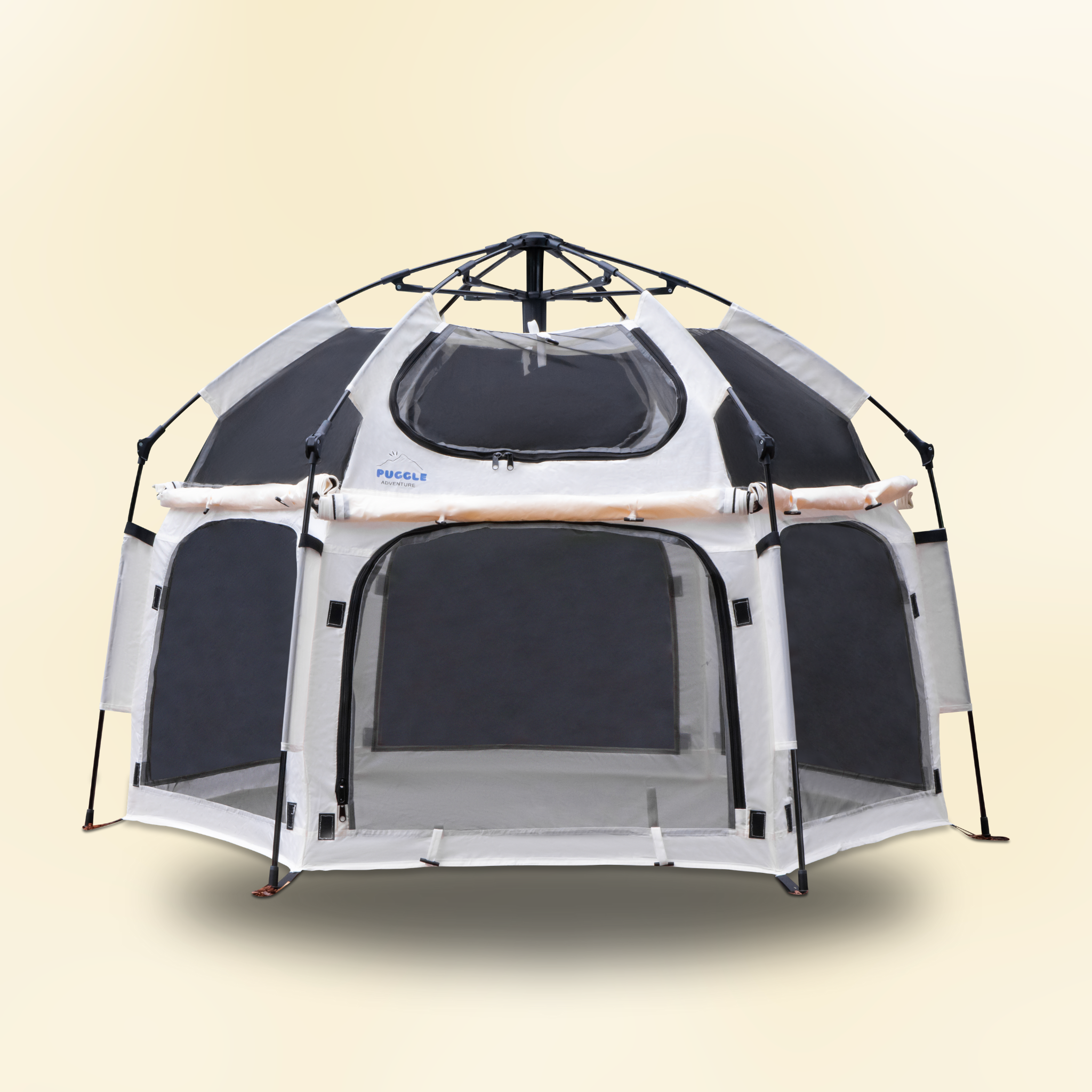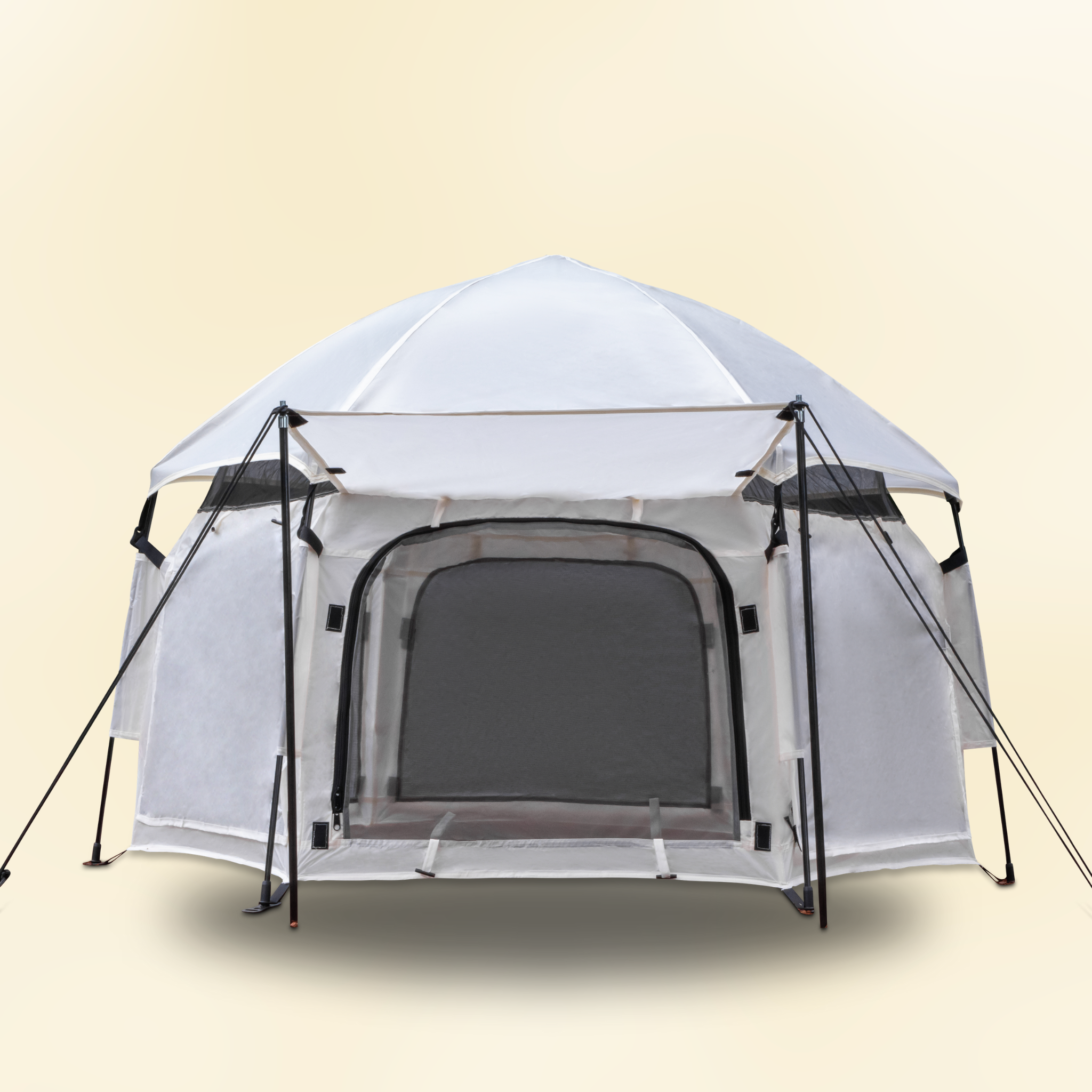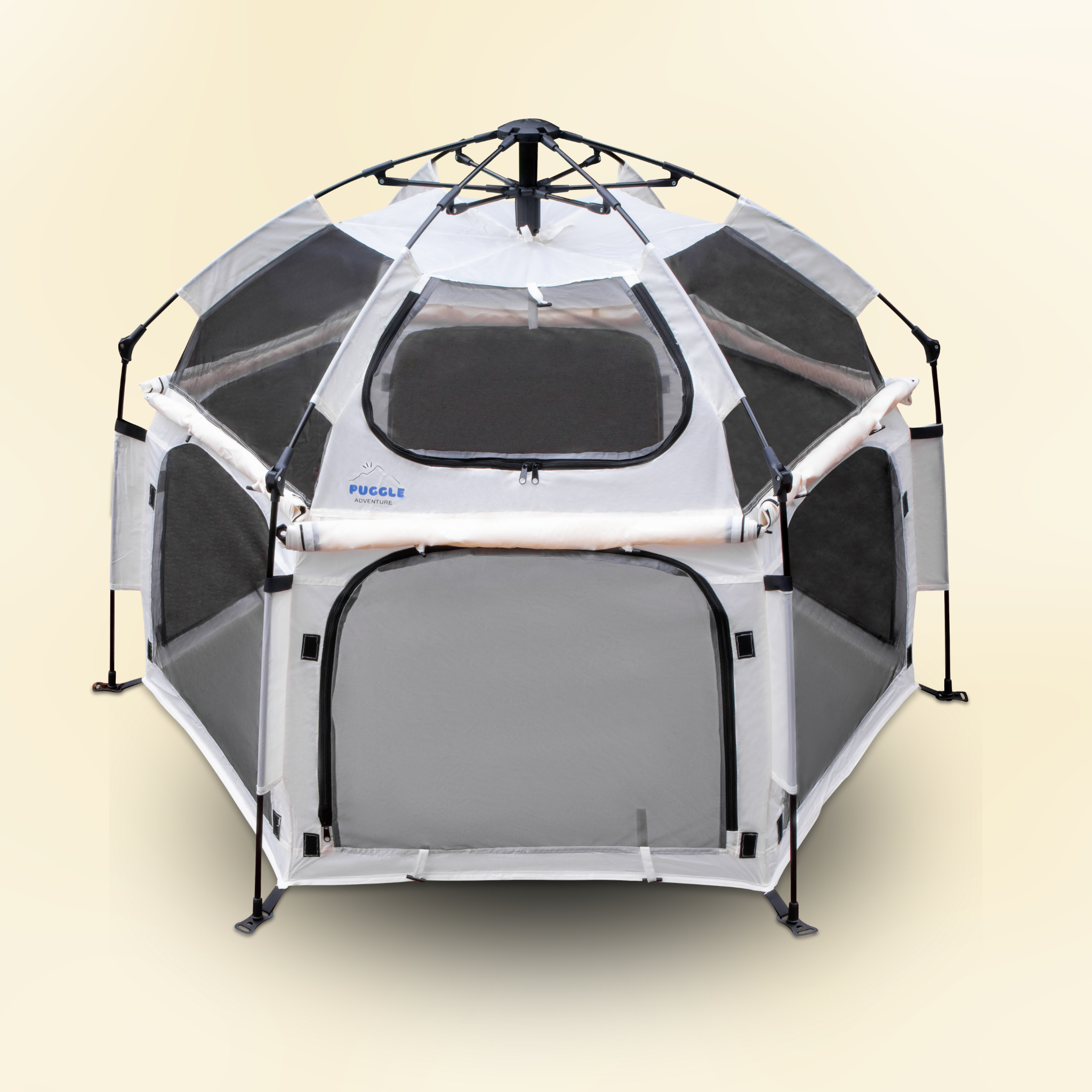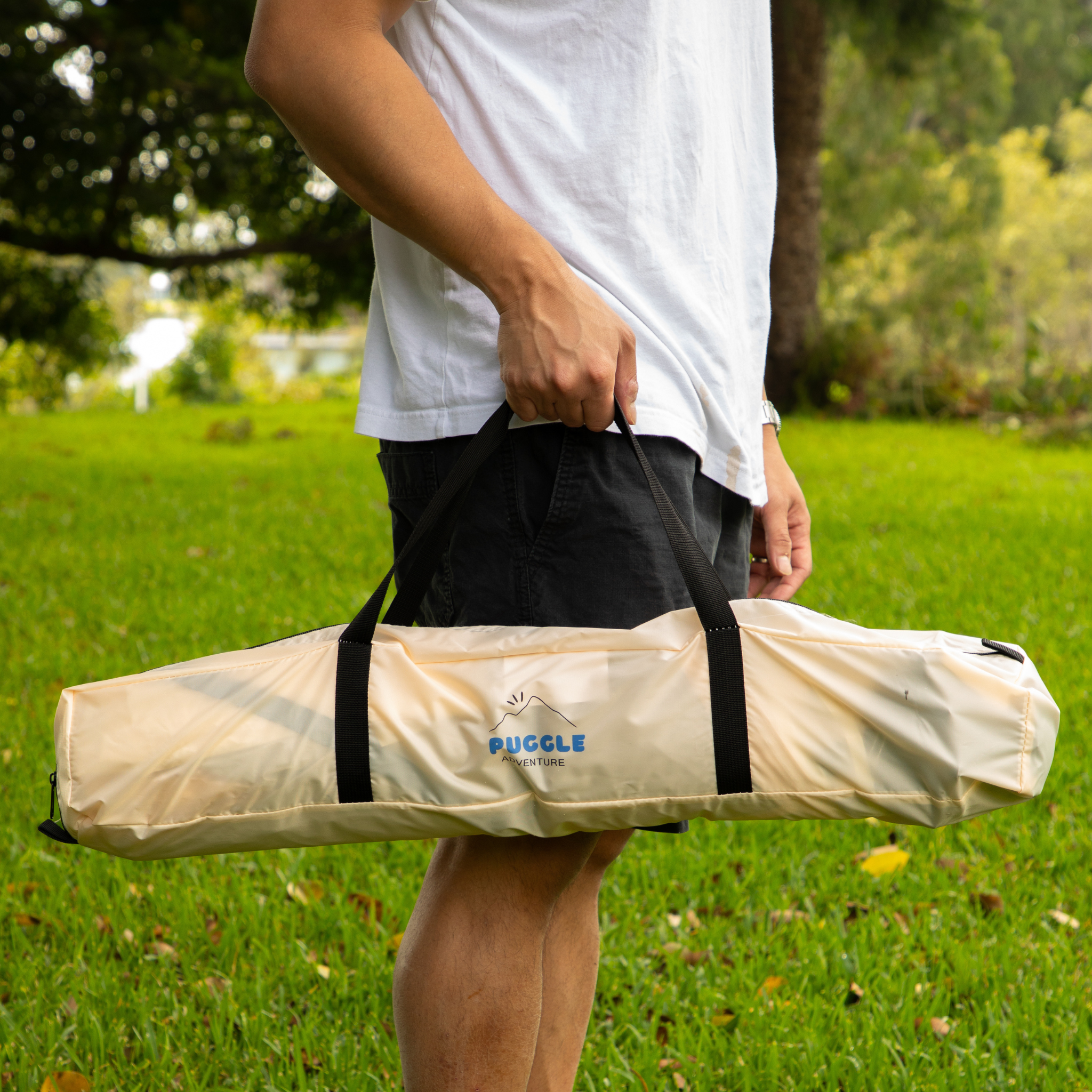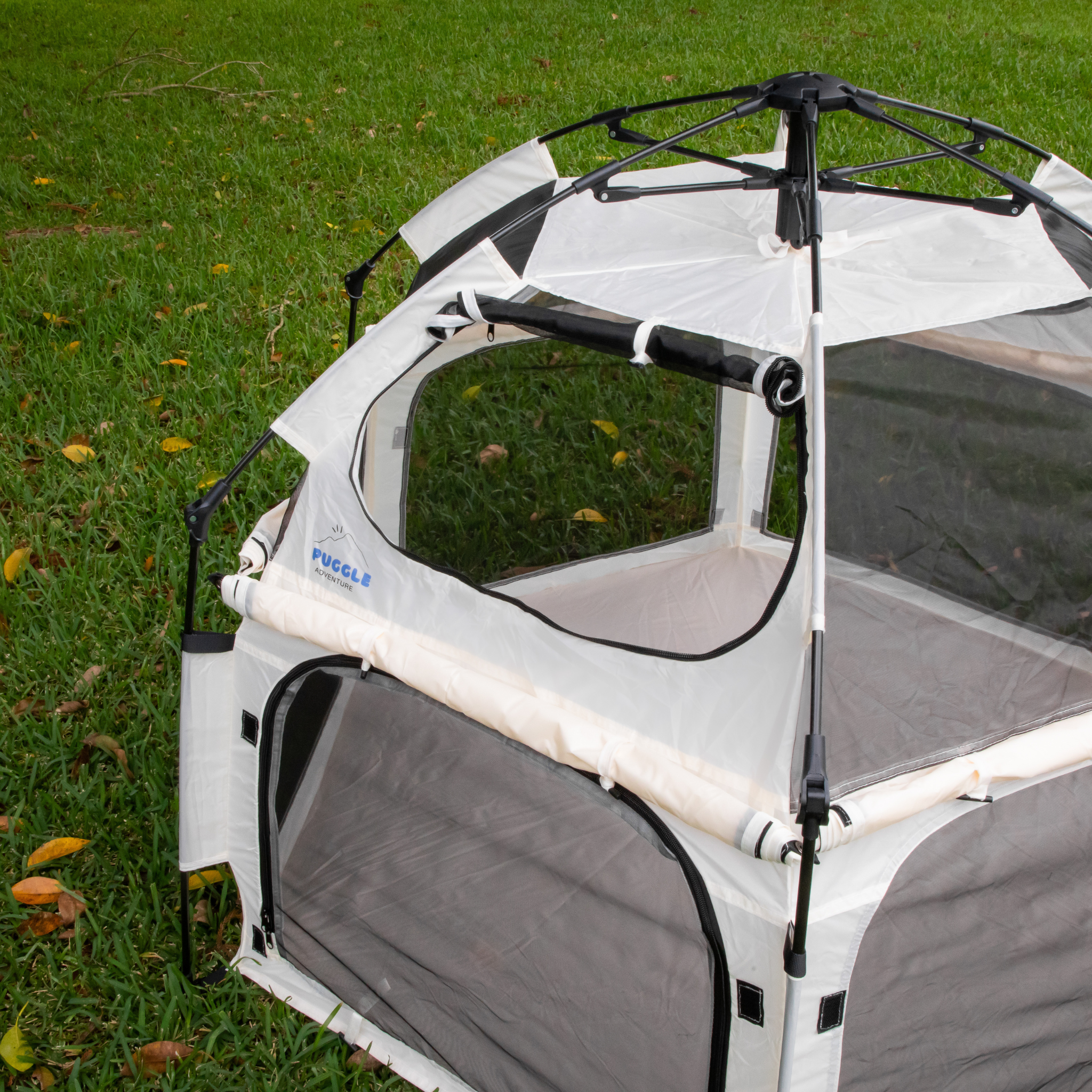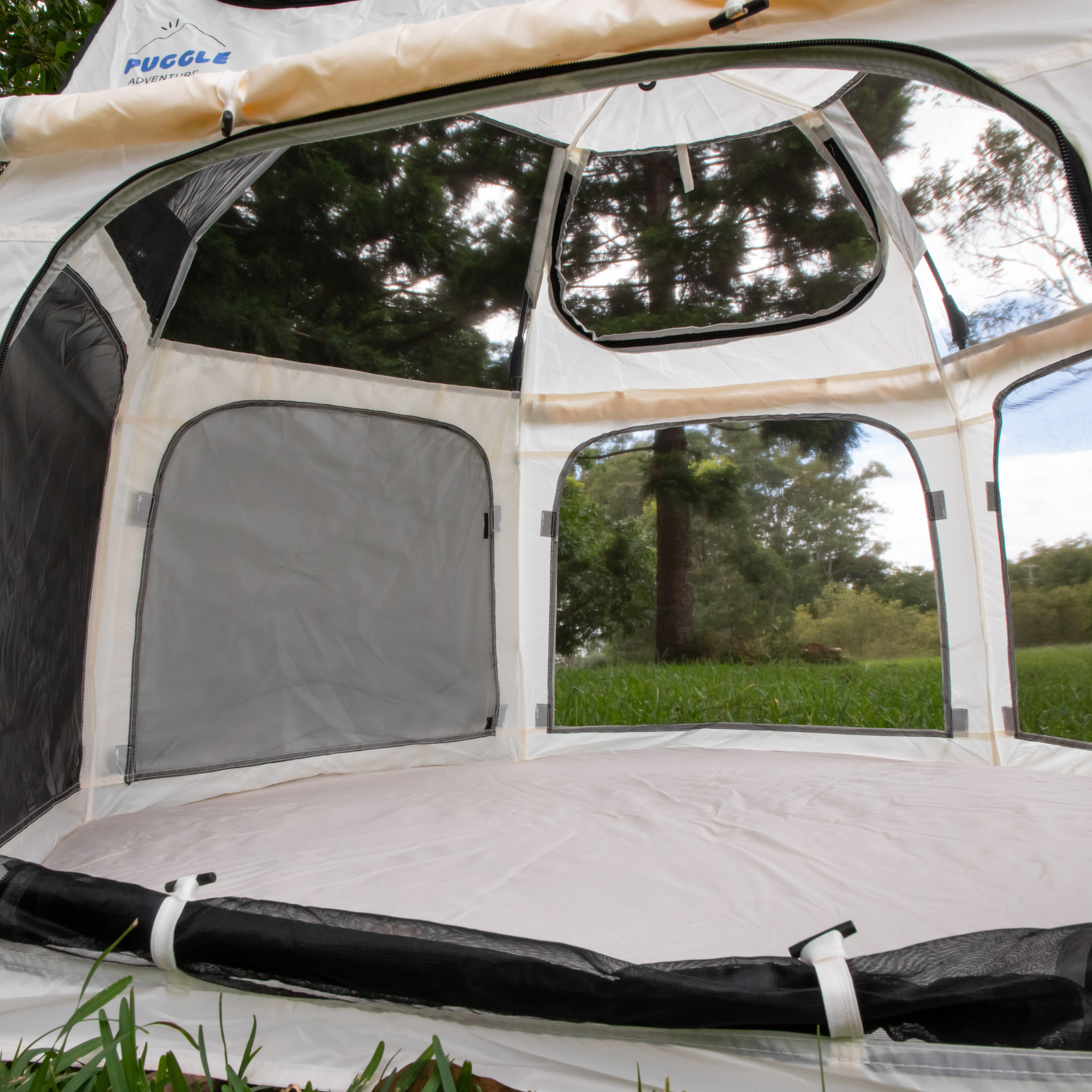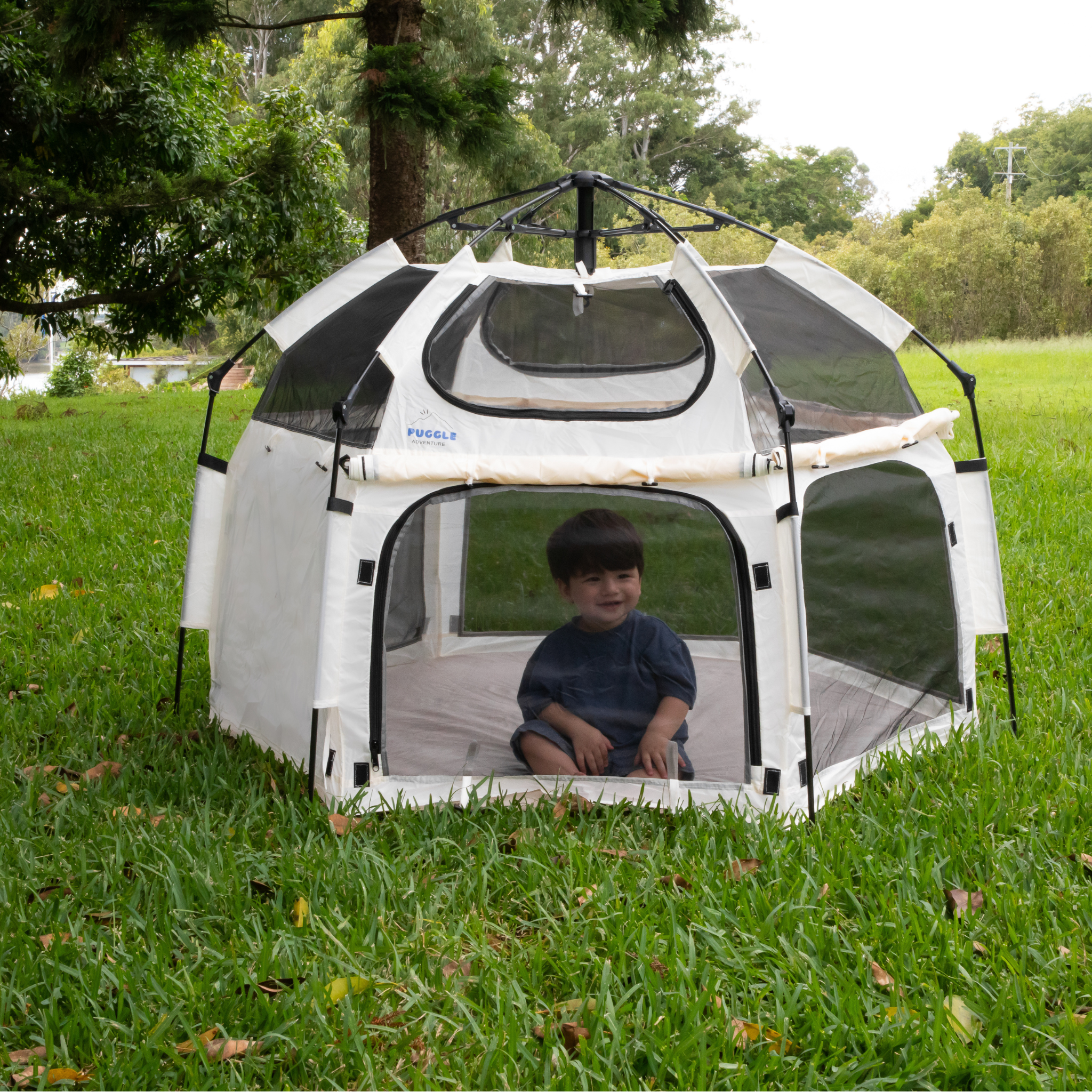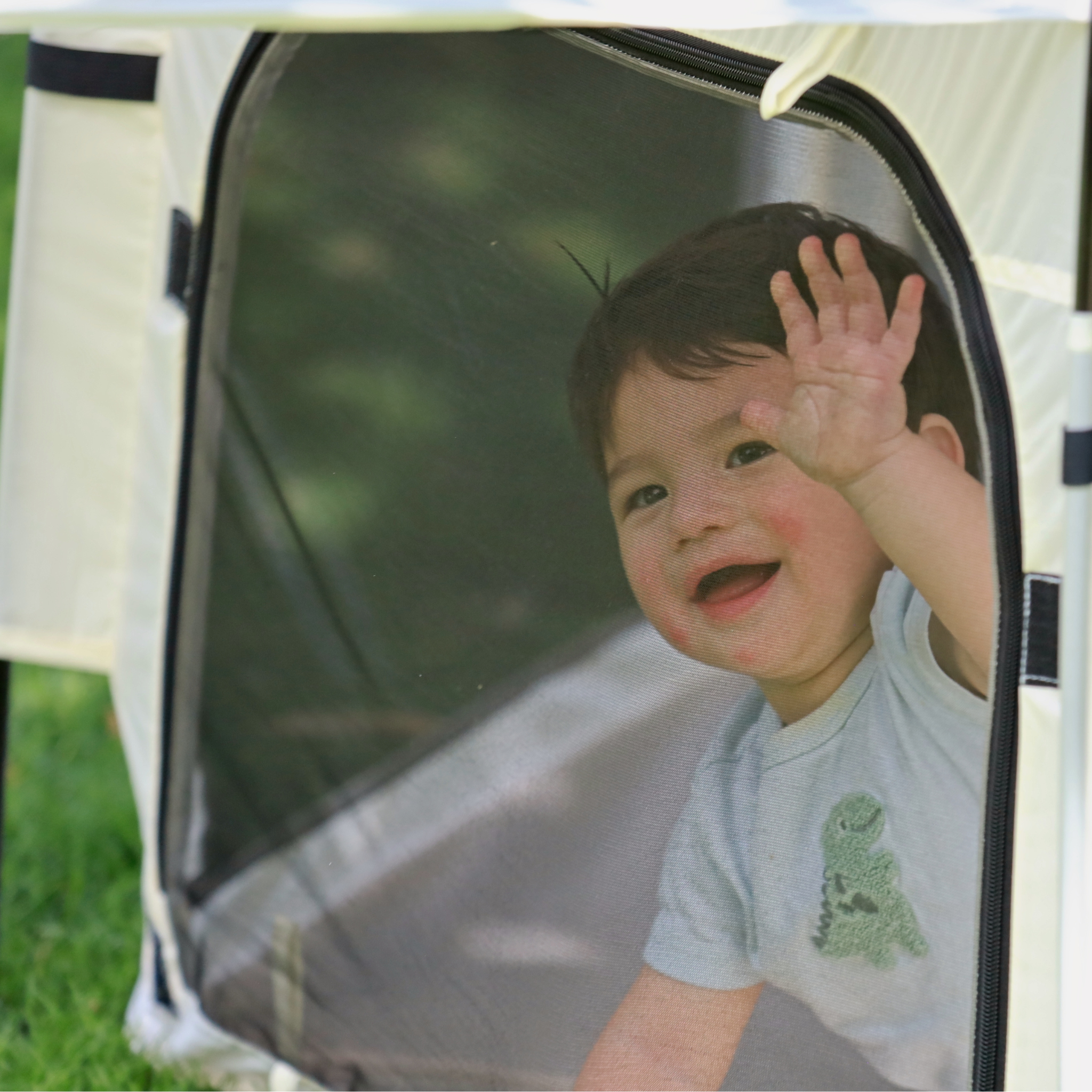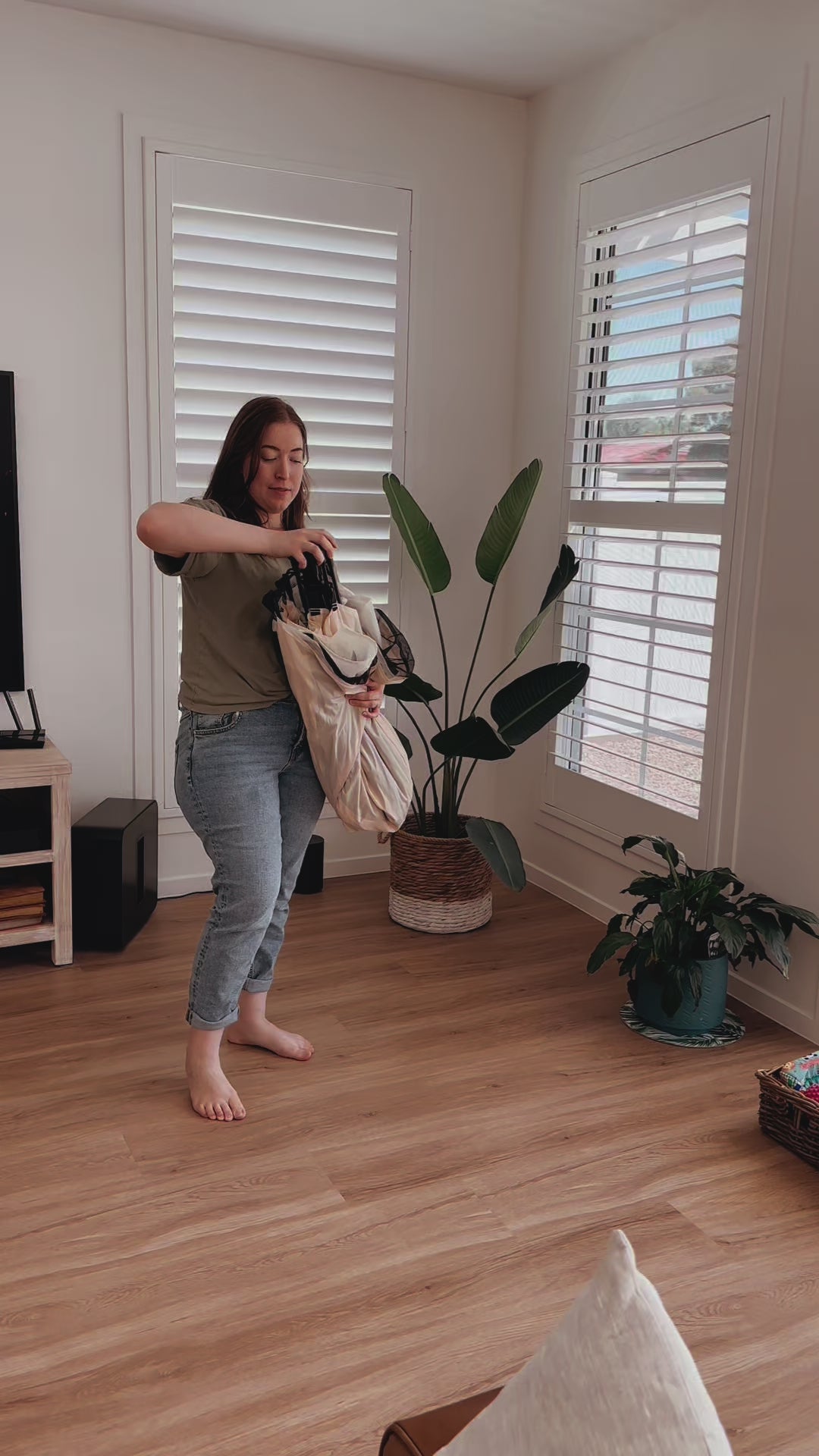When I first became a parent, I was anxious at the thought of taking my newborn outside during mosquito season. The thought of those tiny, delicate arms and legs being covered in itchy red bumps made my stomach turn. But I quickly learned that with the right knowledge and preparation, I could confidently enjoy outdoor adventures with my little one while keeping them safe from biting insects.
After countless hours of research, consultations with our GP, and real-world testing, I've compiled everything I wish I had known from day one. This isn't just another generic guide – it's the practical, evidence-based approach that has kept my family bite-free through countless park visits, beach days, and backyard barbecues.
Why Protecting Babies from Insect Bites Matters More Than You Think

I used to think mosquito bites were just a minor annoyance – until I learned about the serious health risks they can pose to babies. Mosquitoes can carry diseases like West Nile virus, Zika virus, and dengue fever. While these diseases are relatively rare in many areas, babies' developing immune systems make them more vulnerable to complications.
Beyond disease transmission, I discovered that babies can't communicate their discomfort the way older children can. A single mosquito bite can disrupt sleep patterns, cause excessive scratching that leads to secondary infections, and create general misery for both baby and parents. The raised, red bumps that appear after bites can last 3-4 days and become quite itchy, making prevention absolutely crucial.
Age-Specific Protection Strategies I've Learned

Newborns (Under 2 Months): The No-Repellent Zone
This was the most challenging period for me. Traditional insect repellents containing DEET are not recommended for babies under 2 months old due to their sensitive skin and developing systems. Instead, I relied entirely on physical barriers and environmental controls:
I invested in fine mesh netting for our stroller and baby carrier – this became my best friend during those early months. When mesh wasn't available, I dressed my baby in lightweight, long-sleeved clothing that covered arms and legs completely. Light-colored, loose-fitting clothes became our go-to outdoor uniform.
Babies 2-12 Months: Introducing Safe Repellents
Once my baby reached 2 months, I could finally introduce DEET-based repellents, but with strict guidelines. I learned that only products with 10% DEET or less should be used, and only once per day. The protection lasts about 2.5-4.5 hours, which was perfect for our typical outdoor excursions.
For babies 6 months and older, I discovered picaridin as an excellent alternative. It's gentler on the skin and provides 5-7 hours of protection, making it ideal for longer outdoor adventures.
Toddlers (12+ Months): More Options, Same Caution
As my child grew, I could use 10% DEET up to three times per day, giving us much more flexibility for all-day outdoor activities. At 3 years old, oil of lemon eucalyptus (PMD) became another option, though I found it less effective than DEET or picaridin.
My Foolproof Physical Protection System

The Clothing Strategy That Actually Works
Through trial and error, I developed a clothing system that provides excellent protection without overheating my child. Light-colored, loose-fitting clothes are essential – mosquitoes are attracted to dark colors and heat. I always choose lightweight fabrics like cotton that breathe well.
Long sleeves and pants are non-negotiable during peak mosquito hours (early morning and evening). I tuck shirts into pants and pants into socks when we're in heavily wooded areas or during tick season. A broad-brimmed hat not only protects from sun but also keeps insects away from the face.
Environmental Controls I Swear By
I learned that controlling the environment is just as important as personal protection. At home, I check for and eliminate standing water sources – this includes toys that collect rainwater, flower pot saucers, and even small puddles. Mosquitoes need standing water to breed, so removing these sources dramatically reduces the population around our home.
I also make sure all windows and doors have the fly screen intact, and use fans in outdoor eating areas. Mosquitoes are weak fliers, so even a gentle breeze can keep them at bay.
Safe Repellent Application: My Step-by-Step Process

What I Always Do
I never let my child apply repellent themselves – this is always an adult job. I choose stick-type applicators, lotions, or unpressurized sprays over aerosol cans to avoid inhalation risks. If I am using sprays, I always apply them in open, well-ventilated areas.
For face application, I spray the repellent on my hands first, then carefully apply it to my child's face, avoiding the eyes and mouth area completely. I only apply repellent to exposed skin and the outside of clothing – never underneath clothes where it won't be effective.
What I Never Do
I learned some crucial don'ts through research and GP's guidance. I never apply repellent to my child's hands since they frequently touch their face and mouth. I avoid applying it to cuts, scrapes, or irritated skin, and I never use combination sunscreen-repellent products.
The reason I avoid combination products is that sunscreen needs reapplication every 2 hours, while repellent typically lasts much longer. Reapplying a combination product would expose my child to unnecessary chemicals.
When Bites Happen: My Treatment Protocol
Despite our best efforts, bites will still happen. I've developed a treatment routine that minimizes discomfort and prevents complications:
First, I wash the bite area gently with soap and water. Then I apply a cool, damp washcloth to reduce swelling and itching. For persistent itching, I use a small amount of hydrocortisone cream (0.5% or 1%) for a few days (Check with your GP first).
To prevent scratching, I cover bites with clothing when possible and keep my child's fingernails short. For significant itching that disrupts sleep, I consult our GP about appropriate antihistamines and additional creams.
Red Flags: When I Seek Medical Attention
I've learned to watch for signs that require immediate medical attention. Severe allergic reactions include hives, swelling (especially of the face or throat), difficulty breathing, wheezing, vomiting, or dizziness. These symptoms require emergency care.
I also monitor bites for signs of infection: increasing redness or swelling that doesn't improve, warmth around the bite, pus drainage, or red streaking from the bite site. These symptoms warrant a call to our GP.
Special Considerations for Australian Families
Living in Australia presents unique challenges with our intense sun and diverse insect population. I've learned that our harsh UV conditions mean I need to balance sun protection with insect protection carefully. I always apply sunscreen first, wait 20 minutes, then apply insect repellent.
During Australian summer, I'm extra vigilant about timing our outdoor activities. We avoid peak mosquito hours (dawn and dusk) when possible, and I always have our portable shade solutions ready – whether it's a pop-up tent, umbrella, or shade cloth.
My Essential Outdoor Protection Kit
Over the years, I've refined my go-to outdoor protection kit that I never leave home without:
• Age-appropriate insect repellent (10% DEET or picaridin)
• Fine mesh netting for stroller/carrier
• Lightweight, long-sleeved clothing in light colors
• Broad-brimmed hat
• Portable fan (battery-operated)
• Hydrocortisone cream for emergencies
• Cool packs for bite treatment (on longer outdoor trips)
• Water wipes for cleanup
Lessons Learned: What I Wish I'd Known Earlier
The biggest lesson I've learned is that preparation is everything. Having the right gear and knowledge before heading outdoors makes the difference between a stressful, bite-filled experience and an enjoyable family adventure.
I also learned not to rely solely on "natural" repellents for serious protection. While citronella and other plant-based options might work for short periods in low-risk areas, EPA-registered repellents with DEET or picaridin are the gold standard when disease-carrying insects are a concern.
Most importantly, I discovered that protecting my child from insect bites isn't about avoiding the outdoors – it's about enjoying them safely. With the right approach, we've been able to maintain an active outdoor lifestyle while keeping our family healthy and comfortable.
Moving Forward: Building Confidence in Outdoor Adventures
Today, I approach outdoor activities with confidence rather than fear. I know exactly what products to use at each age, how to apply them safely, and what environmental controls to implement. This knowledge has allowed our family to create countless outdoor memories without the stress of constant insect-related worries.
Remember, every child is different, and what works for my family might need adjustment for yours. Always consult with your pediatrician about the best insect protection strategy for your specific situation, especially if your child has sensitive skin or allergies.
The outdoors offer incredible benefits for child development – fresh air, vitamin D, sensory experiences, and physical activity. Don't let fear of insects keep your family inside. With proper preparation and the right protective measures, you can confidently explore the world together while keeping your little ones safe and comfortable.

FAQs about Puggle Adventure
What is Puggle Adventure?
We’re a small Aussie brand helping parents get outdoors again with our instant pop-up play tent—a safe and shady play space for babies and toddlers anywhere you go.
Why choose a Puggle Adventure play tent?
Because we know parents want freedom. Our tent pops up in seconds, packs down small, and gives you peace of mind while your little one plays.
Who is behind Puggle Adventure?
Hi, I’m Gabby—a mum who started Puggle Adventure after struggling to find an easy way to keep my baby safe outdoors while camping and exploring.














